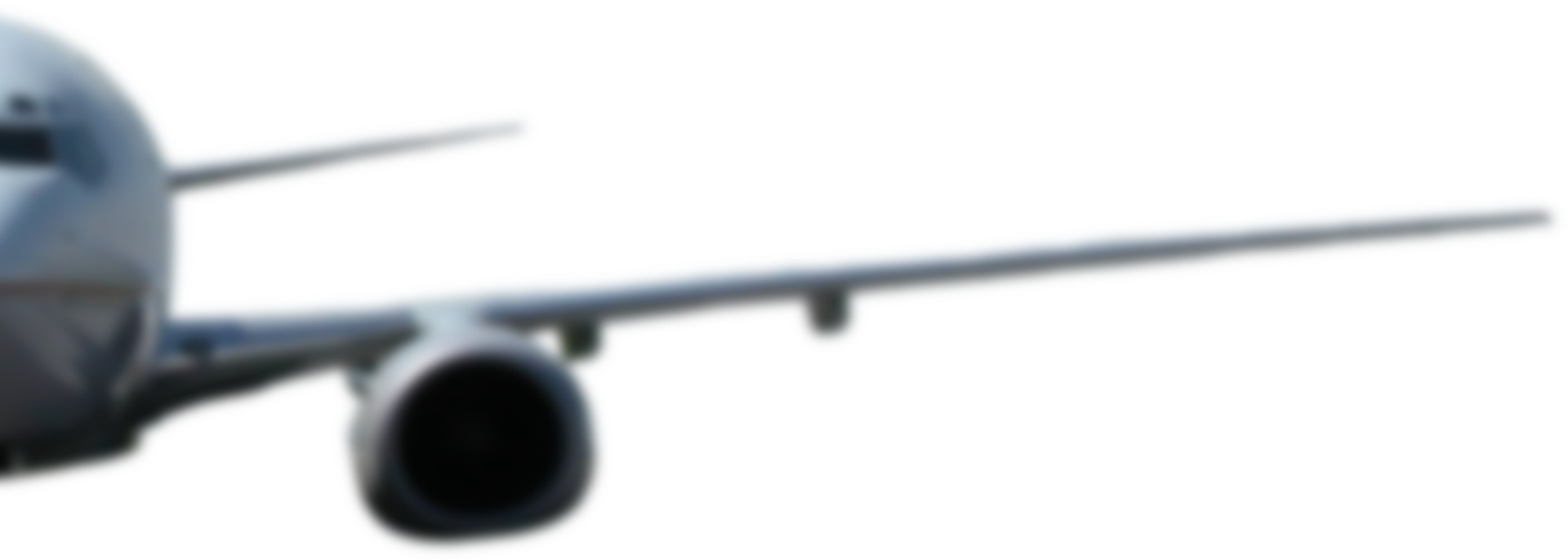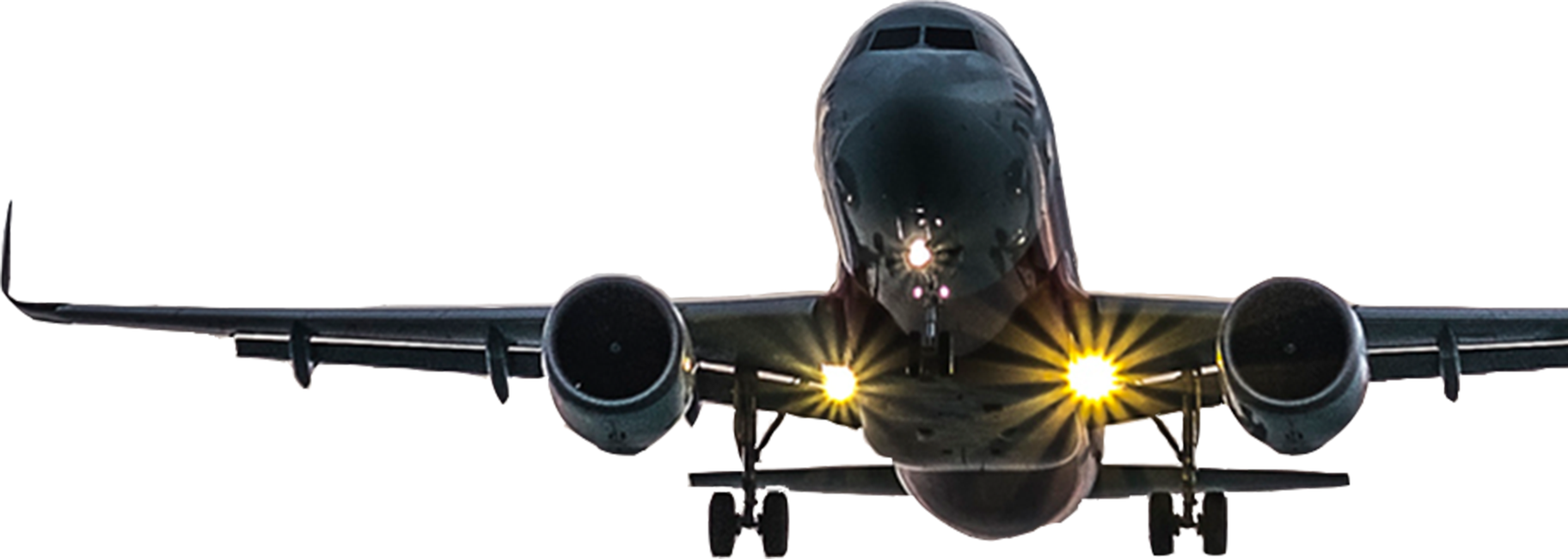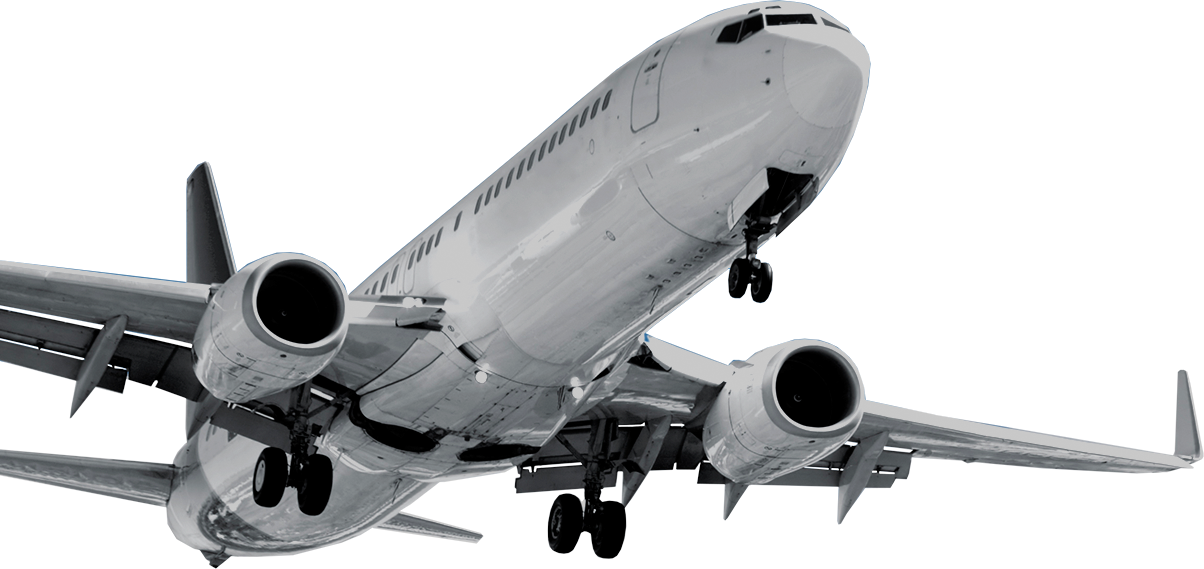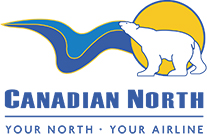Icy conditions can change the aerodynamics, handling qualities, and performance of the aircraft and its engines. Pilots are trained extensively in recognizing specific types of icing, how they affect various aircraft, and the procedures to use when those conditions are encountered.
Who protects lives in the skies over Canada?
Our pilots are some of the best-trained in the industry, dedicated to always putting passenger safety first.















